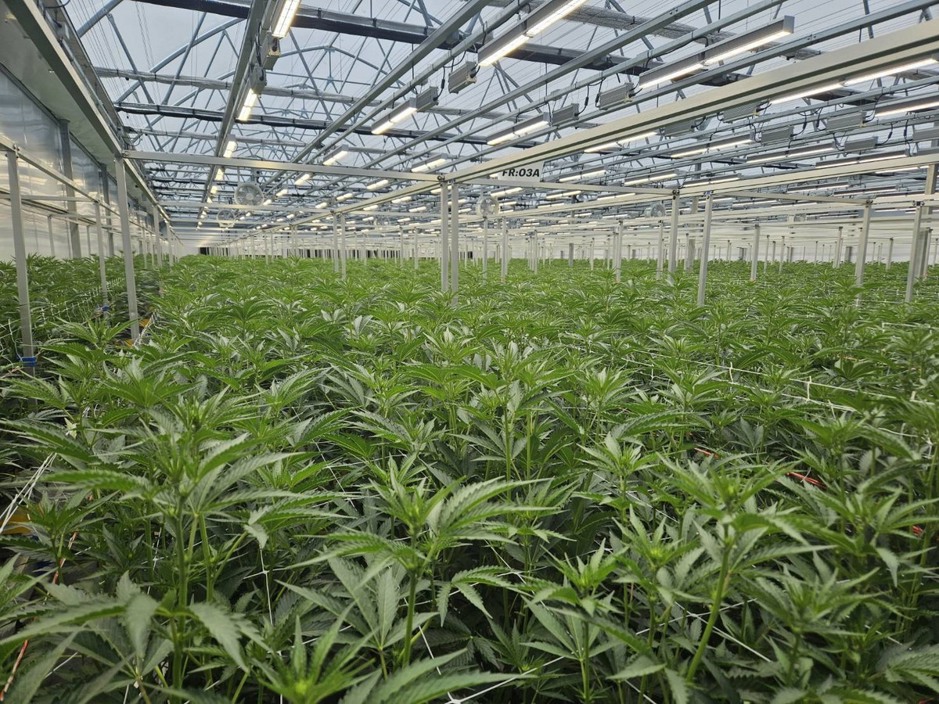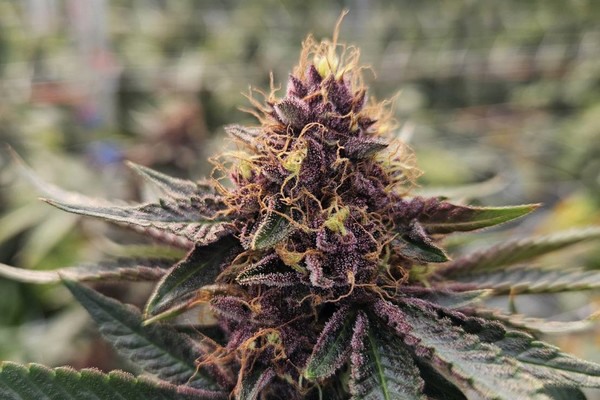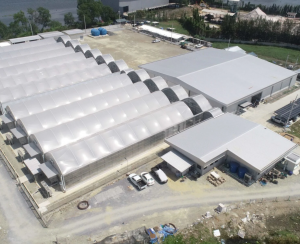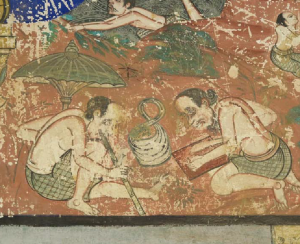- OCT
What is quality cannabis?
- Blog/News
PUBLISHED 01 OCT 2024 ON mmjdaily
Quality. It’s all about quality—consistent, top-notch, even premium quality. However, the definition of it can be quite elusive, and not every grower understands it uniformly.
What even is quality?
“For me, quality cannabis starts with having a plant that’s easy to grow,” says Natalia, Director of Cultivation at Thai Stick, a medical cannabis company in Thailand. “If I’m growing cannabis in a greenhouse, an environment that’s constantly changing, I need adaptable plants that can tolerate the effects of shifting seasons. I’m interested in finding plants that essentially grow themselves.”

This perspective contrasts with the common view in the cannabis industry, where THC content, terpene profile, and flavonoids are often cited as the main markers of quality. “There’s a lot of gatekeeping in this industry,” Natalia explains. “Because it’s still a nascent industry, many people want to be seen as experts, but they often lack a horticultural background. The more you tell people it’s difficult, that it’s a fusion of art and science, the more you create the impression that you have something valuable and untransferable to offer.”
Natalia believes that since people have domesticated crops for a long time, there’s no need to reinvent the wheel. “The foundations of commercial agriculture are already well established. We have partners who helped us design and build a state-of-the-art greenhouse, and we simply apply industry standard agricultural practices. We keep things simple, and that’s why we remain competitive. We don’t treat this crop as something so difficult that only a select few can grow it.”
It seems that the cannabis industry tends to forget it’s part of the broader agricultural industry. “The cannabis industry has such an additive approach,” Natalia continues. “People keep adding “cannabis-specific” fertilizers, supplements, equipment and tools, which ultimately distracts them and results in a high cost per gram because they lack an understanding of commercial agriculture.”

Walking the fine line
So, how does Thai Stick find the right balance between a hardy cannabis crop and commercial viability? “We want to find unique Thai cultivars that truly thrive and perform well in our greenhouse. We believe there’s inherent therapeutic value in plants that are local to this region of the world.” At the same time, consumers judge quality based on three things: dense flowers, purple color, and frostiness. “The challenge is to find native cultivars with bag appeal for the current market, which is rare. Most recently bred genetics were created by indoor growers. Plants that grow well in tightly controlled and unchanging environments don’t always thrive or give consistent results in a greenhouse.”
When it comes to stock plants and pheno-hunting, Thai Stick grows from seeds but also purchases cuttings from local cannabis nurseries, which are different from those in North America. “There’s nothing of that scale here in Thailand,” Natalia says. “A nursery here is more like someone with a craft grow, who has phenohunted something trending from well-known North American seed breeders and wants to spread it or see it grown on a larger scale. That’s what’s cool about the Thai nursery scene: someone can sell cuts from plants they grew from seed in a homegrow and see them grown at scale. There are so many ways for individuals to do something truly entrepreneurial in Thailand. Many hobbyists are thriving in the craft scene and getting their names out there for being good selectors. One of our best genetics was phenotyped by a local craft grower.”
However, the risk of dangerous pathogens, such as hop latent viroid is still a threat to commercial operators on this side of the globe, “We regularly test our stock plants and any incoming material with a local university using RT-qPCR,” Natalia notes. “So far, we haven’t had any positive results, but we know it exists, as Thailand is on the list of countries where this viroid is present.” While this is true, it’s also likely that any country cultivating cannabis will have some level of hop latent viroid spread among plants. “It can have a very negative impact on a company. Right now, we’re in the process of finding good genetics and establishing our resident cultivars, so hop latent viroid is very dangerous for us. If we were, say, five years down the line with a full library of successfully phenotyped cultivars and an in-house tissue culture lab we could absorb that risk more easily. But in this phase, we need to stay educated and find labs that can offer reliable third-party testing services. Mainly, as with any pathogen, you need to understand how to prevent it.”

In the search for the right genetics, Natalia emphasizes that the company is looking for a uniquely Thai cultivar to bring to the international market. At the same time, the shifting understanding of what constitutes quality needs to be addressed first, and perhaps the market needs to be educated as well. “We want to be commercially competitive, but we also want to have an educational outreach,” she says. “We want to showcase plants that naturally grow in this region. That will be the easiest cannabis for us to grow. But as long as quality in this industry is defined by appearance alone, it’s hard to explain the medical potential of plants that don’t meet those visual standards. That’s also why we don’t want to target everyday cannabis consumers only. We want to reach people who have never tried cannabis before and who are less likely to make purchasing decisions based on potency or judge a flower based on how dense, purple and frosty it is. At the core we want beginners to have a positive first time experience so they can recommend it to others. That’s how you fight stigma, by producing flowers that provide a good experience when consumed and help enhance people’s lives and overall well-being.”






